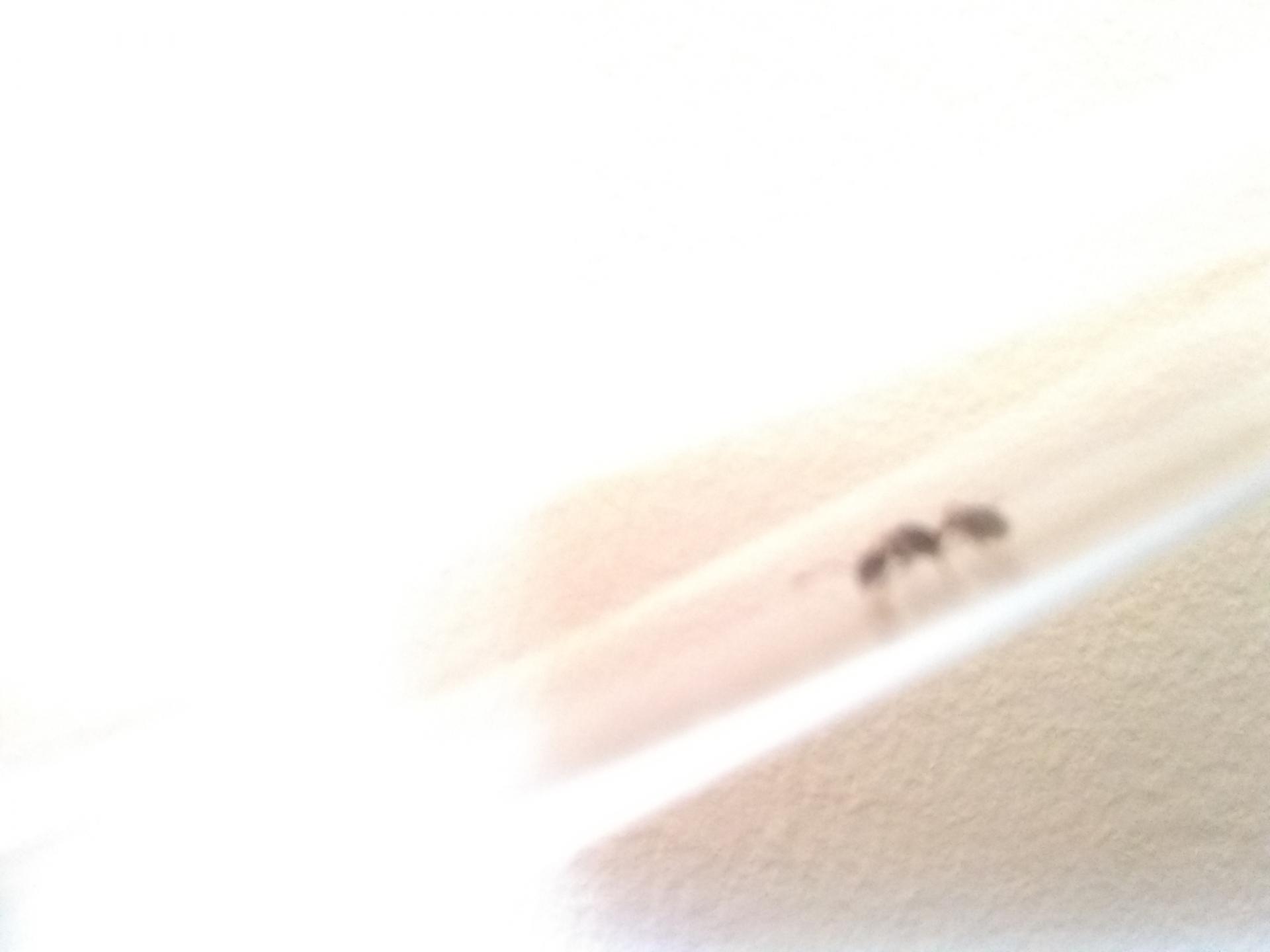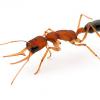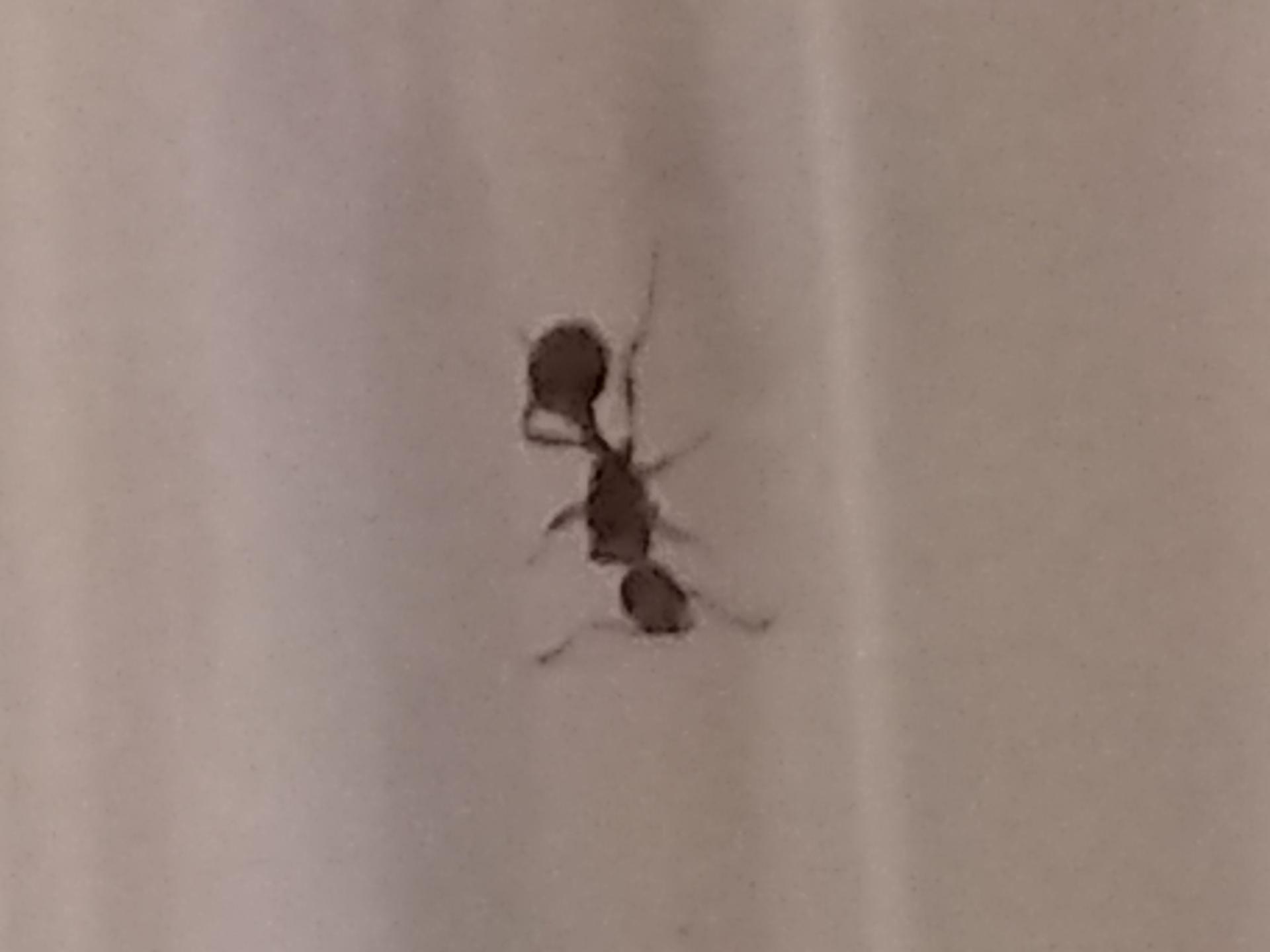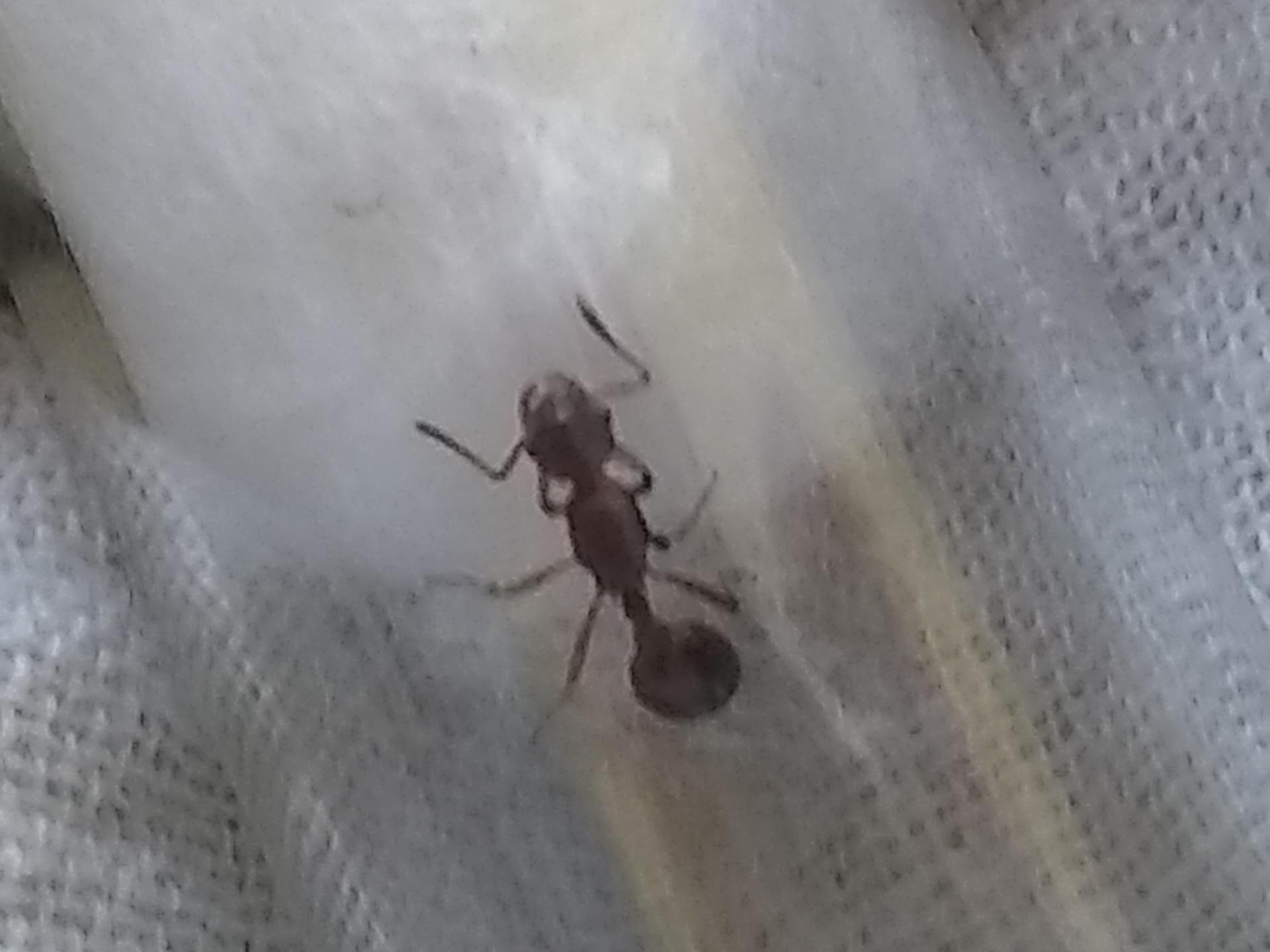Hi. I wondered whether someone might be able to help me please.
This afternoon I found what looks to me like a queen ant. She was running along a leaf on a very hot day. There was a large number of black ant workers running around in great excitement. She looked as if she was trying to run away. She appeared to run into my test tube gladly.
I wondered whether her nest had been raided. In the melee I noticed the occasional worker popping into a nest entrance in a plant pot. I had moved the plant pot a few hours earlier, unaware it might have held a nest. The nest would have to be fairly small as I only potted the plant up the other day and was looking out for ants.
Apologies for the poor photo but it's the best I could do. Is this a queen? Any clue which species? Should I keep her or let her go where I found her? I guess she could be a new parasite queen as they fly at this time of year. I was planning to catch some queens this summer, but haven't kept ants before.
Once I had her safely in a test tube I returned to the pot and all the commotion had died down.
Many thanks for any replies.



























